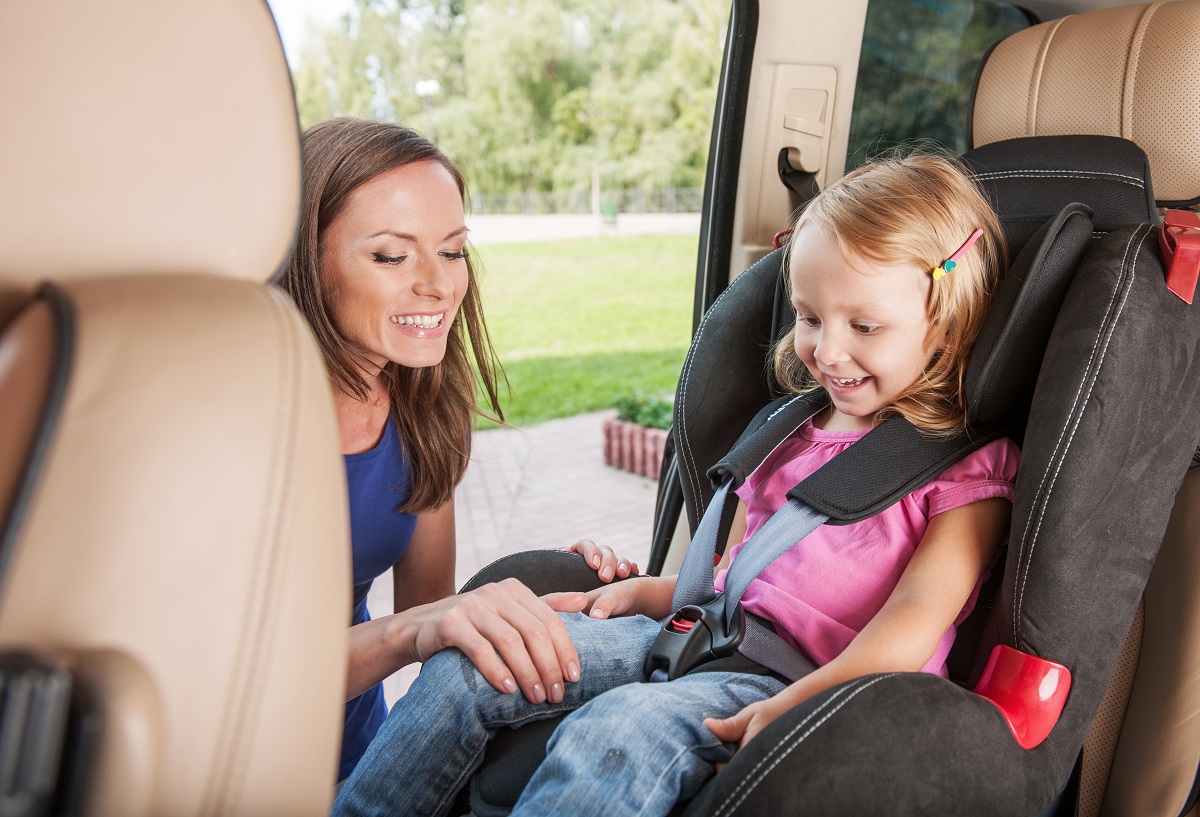Germany like most other countries in the EU has strict rules over children’s car seats. These are imperative to keep infants and young children as safe as possible when traveling in a motor vehicle. The specific printed regulations on car seats can be found under paragraph 1a in the road traffic regulations published by the German government. It states that children under the age of twelve with a height below 150cm are required to use a cars seat with a seatbelt when in a vehicle.
Therefore if your child is over 12 years of age but still under 150cm they are not required by law to use a car seat. The same principle applies to those who are over 150cm tall but less than 12 years of age. However in such cases it is still recommended that extra care is taken to secure the child safely to the seat.
Child seats are of course subject to vigorous safety tests and need to pass an ECE-44 product safety test to be sold to the public. If you are to buy a car seat make sure that it has this test seal affixed to it in some way. If it does not then it may be unsafe and illegal. This is one area that you’ll definitely not want to take shortcuts in; as you could be paying the price in many other ways should the safety seat fail. All new car seats sold in stores and online should have been through this safety test as standard. However if you acquire or buy a second hand seat be sure to check if it has went through the same testing. Some older models did not have to go through such screening before being released to the public.
Another consideration to make is whether the class of car seat is suitable for your child. There are 4 different classes of car seat in Germany which are ordered numerically from 0 to 3. The difference between the classes is down to the weight and direction of travel that it sits. A breakdown of the classes is listed below:
- Class 0 – Up to 10kg
- Class 0+ – Up to 13kg
- Class 0+I – Up to 18kg from Birth
- Class I- Between 9 and 18kg
- Class I-III – Between 9 and 36kg
- Class II – Between 15 and 25kg
- Class II-III – Between 15 and 36kg
- Class III – Between 22 and 36kg
One thing to remember when looking at the specifications is that these ranges are the maximum weights and you’ll want to leave a bit of leeway for physical growth of your child as well.
There are also some considerations when it comes to the positioning of a car seat. It is against the law to have a car seat that is rear facing in a front passenger seat. This is because if the airbag goes off the infant will inevitably be harmed. The best position to put a car seat in is in the back right of the car; this means that the child will be on the pavement facing side of the car when parked. It’s also important to make sure that you secure the seat properly. It’s actually quite easy to hold the seat in place incorrectly without realising it. Make sure the handle is in the correct position and always follow the instructions on the seat.
This guide was provided by Intelligent Car Leasing a car leasing company in the UK that supplies various German car brands including Audi, BMW, Mercedes-Benz and Volkswagen.







